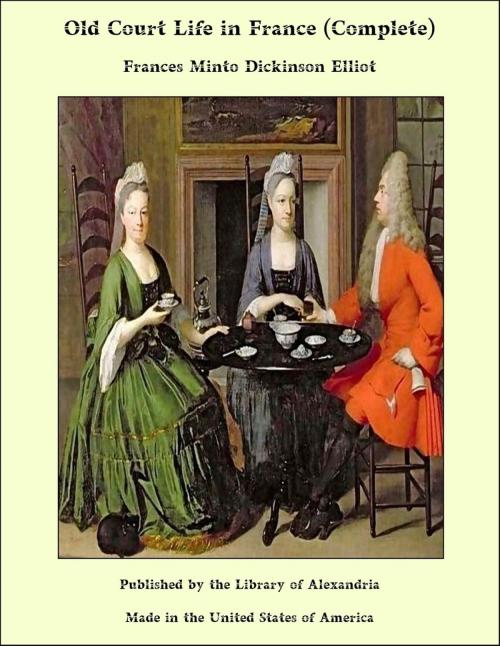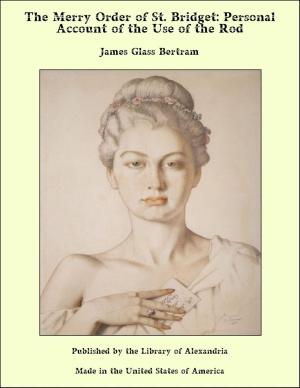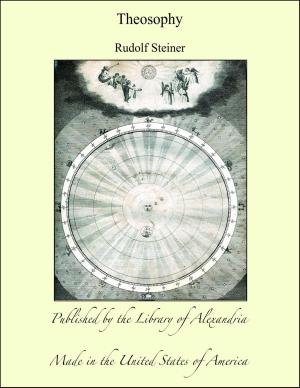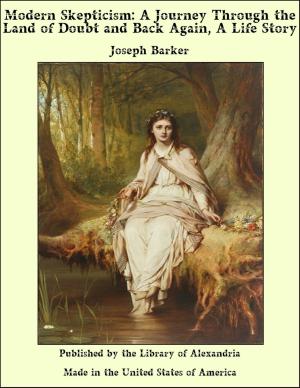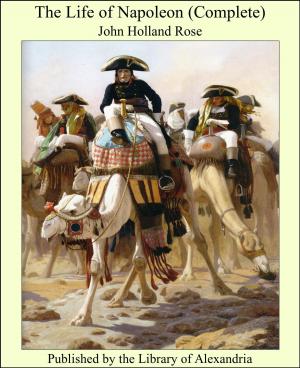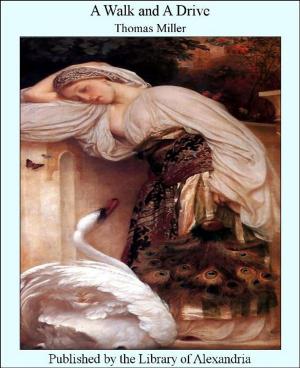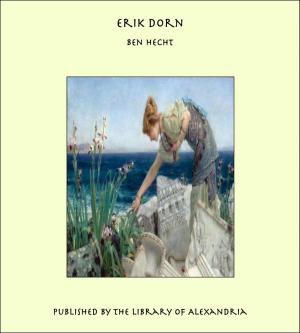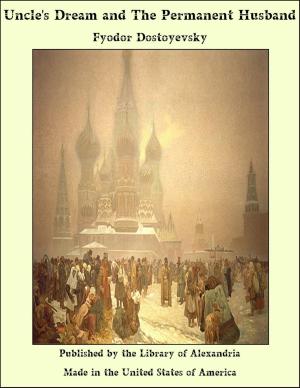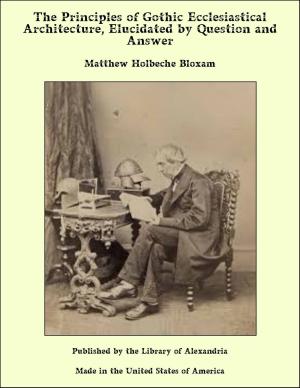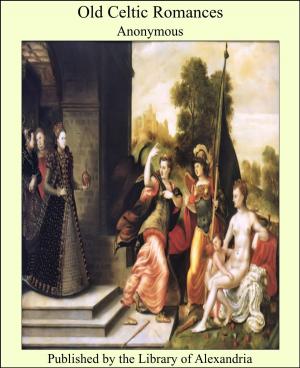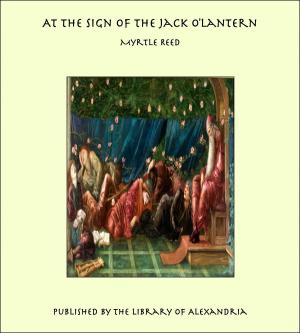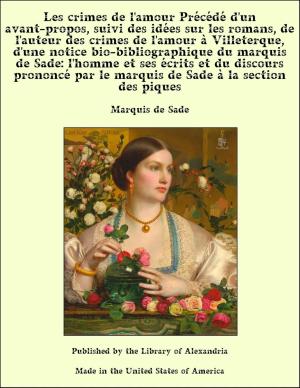Old Court Life in France (Complete)
Nonfiction, Religion & Spirituality, New Age, History, Fiction & Literature| Author: | Frances Minto Dickinson Elliot | ISBN: | 9781465607805 |
| Publisher: | Library of Alexandria | Publication: | March 8, 2015 |
| Imprint: | Language: | English |
| Author: | Frances Minto Dickinson Elliot |
| ISBN: | 9781465607805 |
| Publisher: | Library of Alexandria |
| Publication: | March 8, 2015 |
| Imprint: | |
| Language: | English |
WE are in the sixteenth century. Europe is young in artistic life. The minds of men are moved by the discussions, councils, protests, and contentions of the Reformation. The printing press is spreading knowledge into every corner of the globe. At this period, three highly educated and unscrupulous young men divide the power of Europe. They are Henry VIII. of England, Charles V. of Austria, and Francis I. of France. Each is magnificent in taste; each is desirous of power and conquest. Each acts as a spur to the others both in peace and in war. They introduce the cultivated tastes, the refined habits, the freedom of thought of modern life, and from the period in which they flourish modern history dates. Of these three monarchs Francis is the boldest, cleverest, and most profligate. The elegance, refinement, and luxury of his court are unrivalled; and this luxury strikes the senses from its contrast with the frugal habits of the ascetic Louis XI. and the homely Louis XII. His reign educated Europe. If ambition led him towards Italy, it was as much to capture the arts of that classic land and to bear them back in triumph to France, as to acquire the actual territory. Francis introduced the French Renaissance, that subtle union of elaborate ornamentation with purity of design which was the renovation of art. When and how he acquired such exact appreciation of the beautiful is unexplained. That he possessed judgment and taste is proved by the monuments he left behind, and by his patronage of the greatest masters of their several arts. The wealth of beauty and colour, the flowing lines of almost divine expression in the works of the Italian painters of the Cinque-cento, delighted the sensuous soul of Francis. Wherever he lived he gathered treasures of their art around him. Such a nature as his had no sympathy with the meritorious but precise elaboration of the contemporary Dutch school, led by the Van Eycks and Holbein. It was Leonardo da Vinci, the head of the Milanese school, who blended power and tenderness, that Francis delighted to honour. He brought Cellini, Primaticcio, and Leonardo from Italy, and never wearied of their company. He established the aged Leonardo at the Château de Clos, near his own castle of Amboise, where the painter is said to have died in the arms of his royal patron. As an architect, Francis left his mark beyond any other sovereign of Europe. He transformed the gloomy fortress-home—embattled, turreted, and moated—into the elaborately decorated, manorial château.
WE are in the sixteenth century. Europe is young in artistic life. The minds of men are moved by the discussions, councils, protests, and contentions of the Reformation. The printing press is spreading knowledge into every corner of the globe. At this period, three highly educated and unscrupulous young men divide the power of Europe. They are Henry VIII. of England, Charles V. of Austria, and Francis I. of France. Each is magnificent in taste; each is desirous of power and conquest. Each acts as a spur to the others both in peace and in war. They introduce the cultivated tastes, the refined habits, the freedom of thought of modern life, and from the period in which they flourish modern history dates. Of these three monarchs Francis is the boldest, cleverest, and most profligate. The elegance, refinement, and luxury of his court are unrivalled; and this luxury strikes the senses from its contrast with the frugal habits of the ascetic Louis XI. and the homely Louis XII. His reign educated Europe. If ambition led him towards Italy, it was as much to capture the arts of that classic land and to bear them back in triumph to France, as to acquire the actual territory. Francis introduced the French Renaissance, that subtle union of elaborate ornamentation with purity of design which was the renovation of art. When and how he acquired such exact appreciation of the beautiful is unexplained. That he possessed judgment and taste is proved by the monuments he left behind, and by his patronage of the greatest masters of their several arts. The wealth of beauty and colour, the flowing lines of almost divine expression in the works of the Italian painters of the Cinque-cento, delighted the sensuous soul of Francis. Wherever he lived he gathered treasures of their art around him. Such a nature as his had no sympathy with the meritorious but precise elaboration of the contemporary Dutch school, led by the Van Eycks and Holbein. It was Leonardo da Vinci, the head of the Milanese school, who blended power and tenderness, that Francis delighted to honour. He brought Cellini, Primaticcio, and Leonardo from Italy, and never wearied of their company. He established the aged Leonardo at the Château de Clos, near his own castle of Amboise, where the painter is said to have died in the arms of his royal patron. As an architect, Francis left his mark beyond any other sovereign of Europe. He transformed the gloomy fortress-home—embattled, turreted, and moated—into the elaborately decorated, manorial château.
